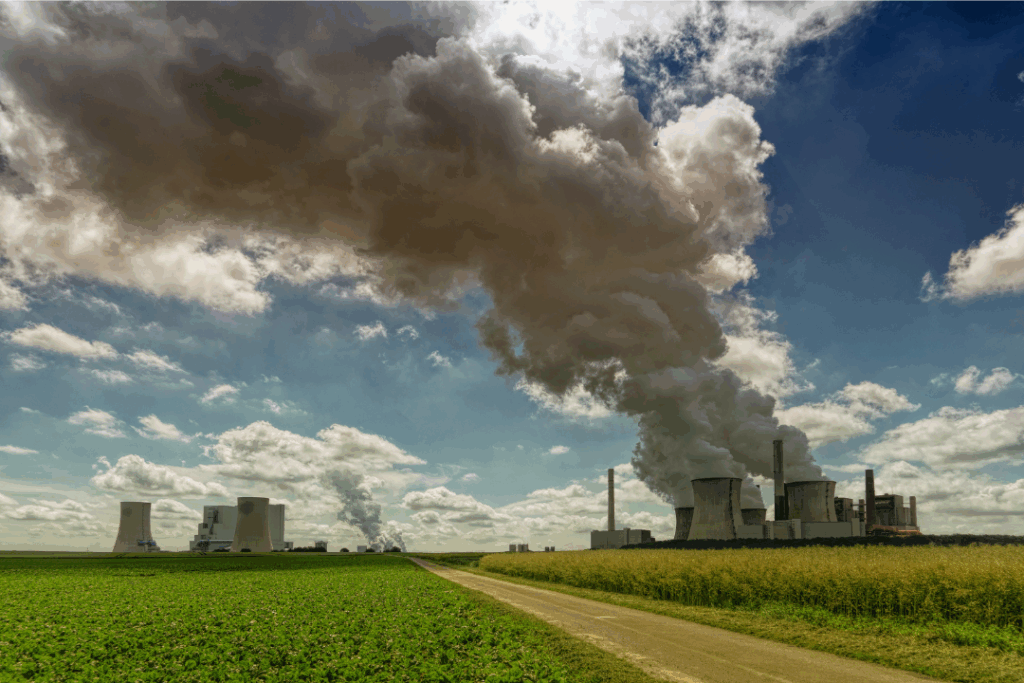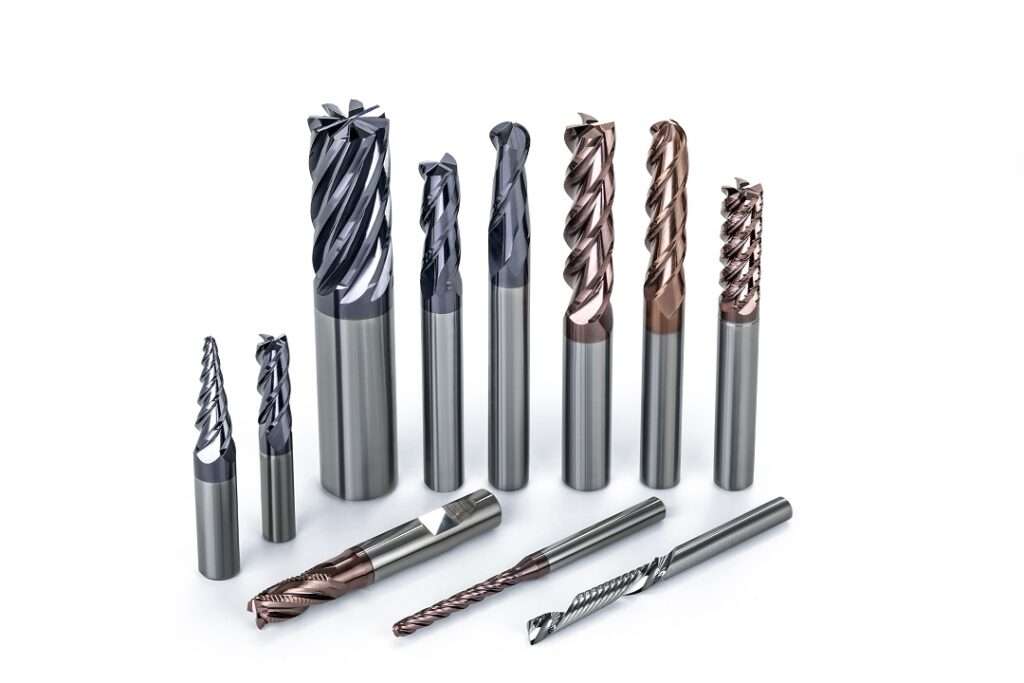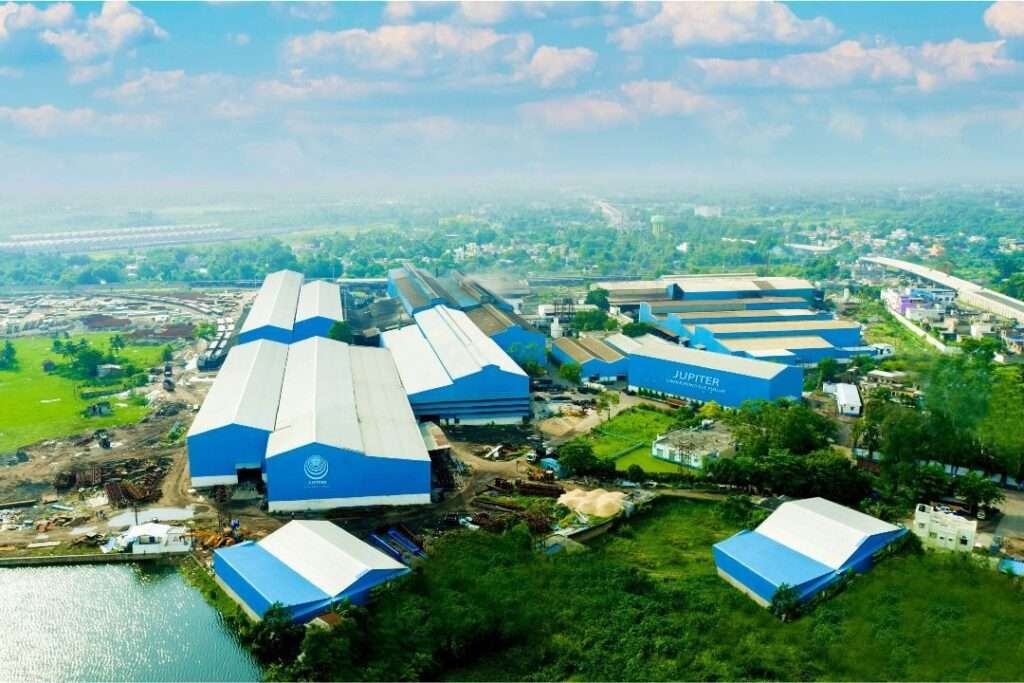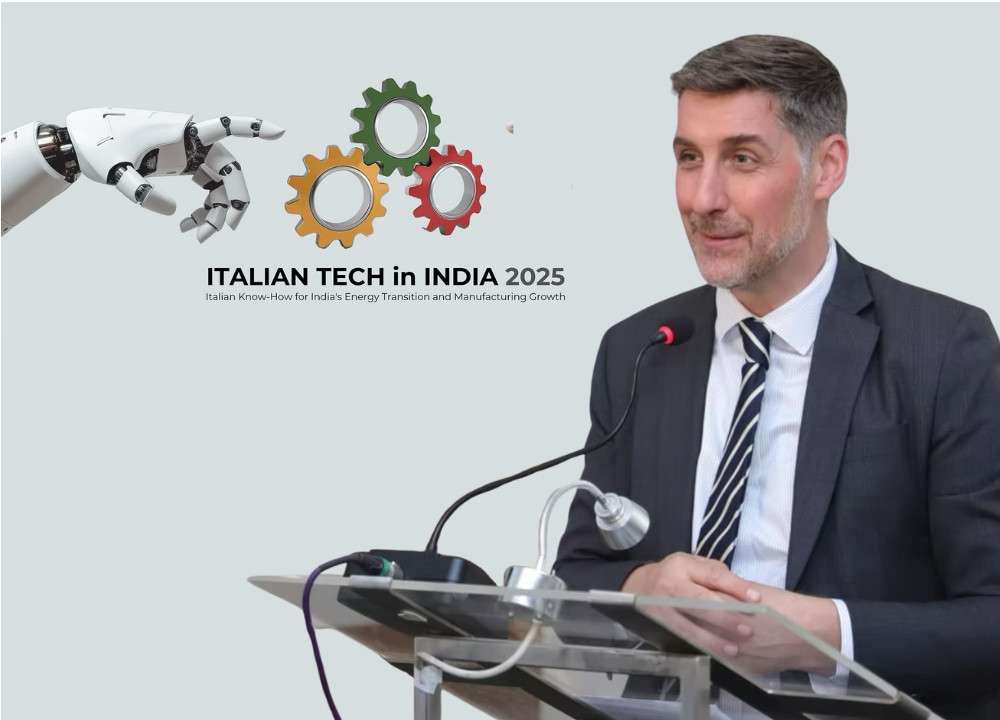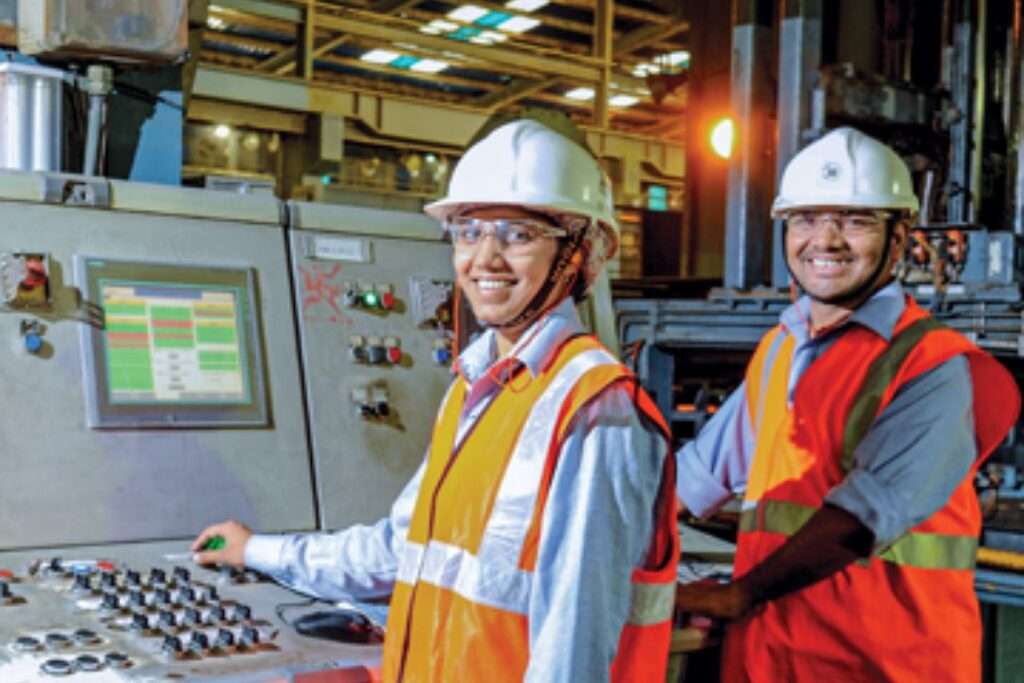At Flender Bocholt facility, a remarkable process is underway: the company is using waste heat from its in-house hardening operation to heat its buildings. The scene inside the hardening shop is dramatic, with flames rising from a cooling basin as red-hot gears, recently heated to 840°C, are plunged into an oil bath. This high-energy process, which powers 26 furnaces, is essential for producing high-quality gears for applications such as wind turbines. However, Flender has found a way to reuse some of the energy generated during this process to help heat its site, contributing to its sustainability goals.
Flender uses around 20 million kilowatt hours of electricity annually to harden 15,000 tons of gearbox components, a significant amount of energy for a manufacturer that is not considered highly energy-intensive compared to industries like steel or foundries. For several years, the company’s facility management team has been seeking ways to reuse this excess heat, and with the installation of a new heat pump, the team has found a solution. The pump captures waste heat from the cooling process, transferring it to the heating system for the building.
The heat pump works by using 32°C cooling water to warm the system’s water to a similar temperature through a heat exchanger. The heat pump then boosts this water to 60°C, which is required to heat the buildings. With a thermal capacity of 622 kilowatts, the new system is far more powerful than typical residential heat pumps. The cooled water from the heating system is returned to the hardening shop to aid in cooling the furnaces, completing a continuous loop of energy reuse.
The project, which took six months to complete, involved laying new pipes and upgrading parts of the heating system to improve energy efficiency. As a result, Flender now heats most of its Bocholt facilities using this recycled energy, saving nearly 2.4 million kilowatt hours of natural gas each year and reducing CO2 emissions by 400 tons. CEO Andreas Evertz highlighted the significance of the project, noting it as a key step in the company’s ongoing efforts to reduce its environmental impact. Head of Corporate Social Responsibility, Kimberley ten Broeke, emphasized that the project not only aligns with Flender’s sustainability goals but also makes strong economic sense by lowering energy costs in the long term.



